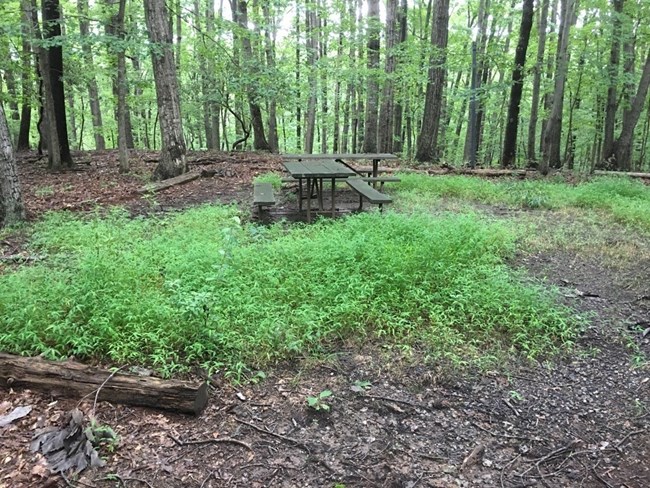Learn about NRCAs
The Natural Resource Condition Assessment (NRCA) Program provides framework, funding, and publishing support to parks to aid in the synthesis and documentation of natural resource conditions. Condition assessment reports are a tool to describe selected park resources, and record a snapshot of their current condition, identify trends, and identify potential or current threats and stressors. Understanding the condition and trend of natural resources is key for parks and NPS planners to appropriately prioritize and allocate stewardship resources.

NPS Photo.
Wolf Trap National Park for the Performing Arts consists of a diversity of natural resources, including streams, ponds, wetlands, and two acres of upland forests. The park encourages education through two miles of hiking trails, as well as several demonstration gardens. The park also supports sustainable vegetable gardens and several extensive native plant gardens.
Traditional NRCA Report: 2015
In an effort to better understand and manage the natural resources found within the park, a Natural Resource Condition Assessment was conducted and published in 2015. Representatives from the National Park Service and the University of Maryland collaborated to determine park needs and available data. This team chose four resource topics and their corresponding 25 indicators to evaluate:
- Water resources |
||
- Biological integrity |
||
- Landscape dynamics |
||
- Air resources |
The assessment revealed that the overall conditions of these resource topics within Wolf Trap National Park were in a condition of significant concern. Air quality and landscape dynamics were given a condition of significant concern, biological integrity was considered to have a condition of moderate concern, and water resources were considered to be in good condition, despite the majority of water inflows to the park originating from developed/urban areas outside the park. The regional, degraded air quality is largely out of the park’s control, and the specific implications to the habitats and species in the park are not well known. Gaining a better understanding of how reduced air quality is impacting sensitive habitats and species within the park would help prioritize management efforts, particularly in the face of climate change. Elevated deer density is negatively impacting seedling regeneration, highlighting that deer management should be a top priority. Research needs for the park mostly relate to its function as a habitat refuge in the region.
For other reports and natural resource datasets visit the NPS Data Store.
Source: NPS DataStore Collection 7765 (results presented are a subset). To search for additional information, visit the NPS DataStore.
Last updated: August 15, 2022
